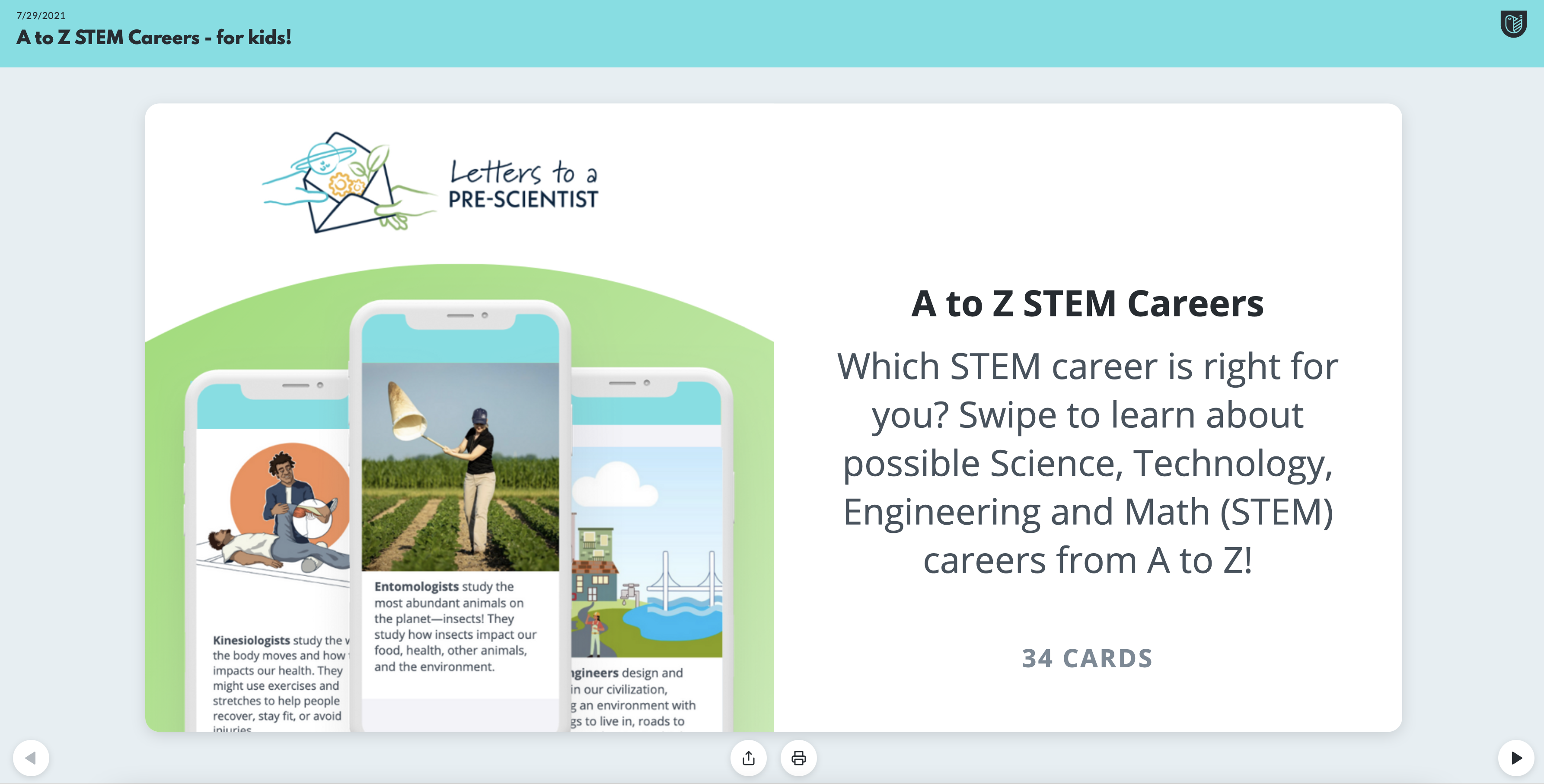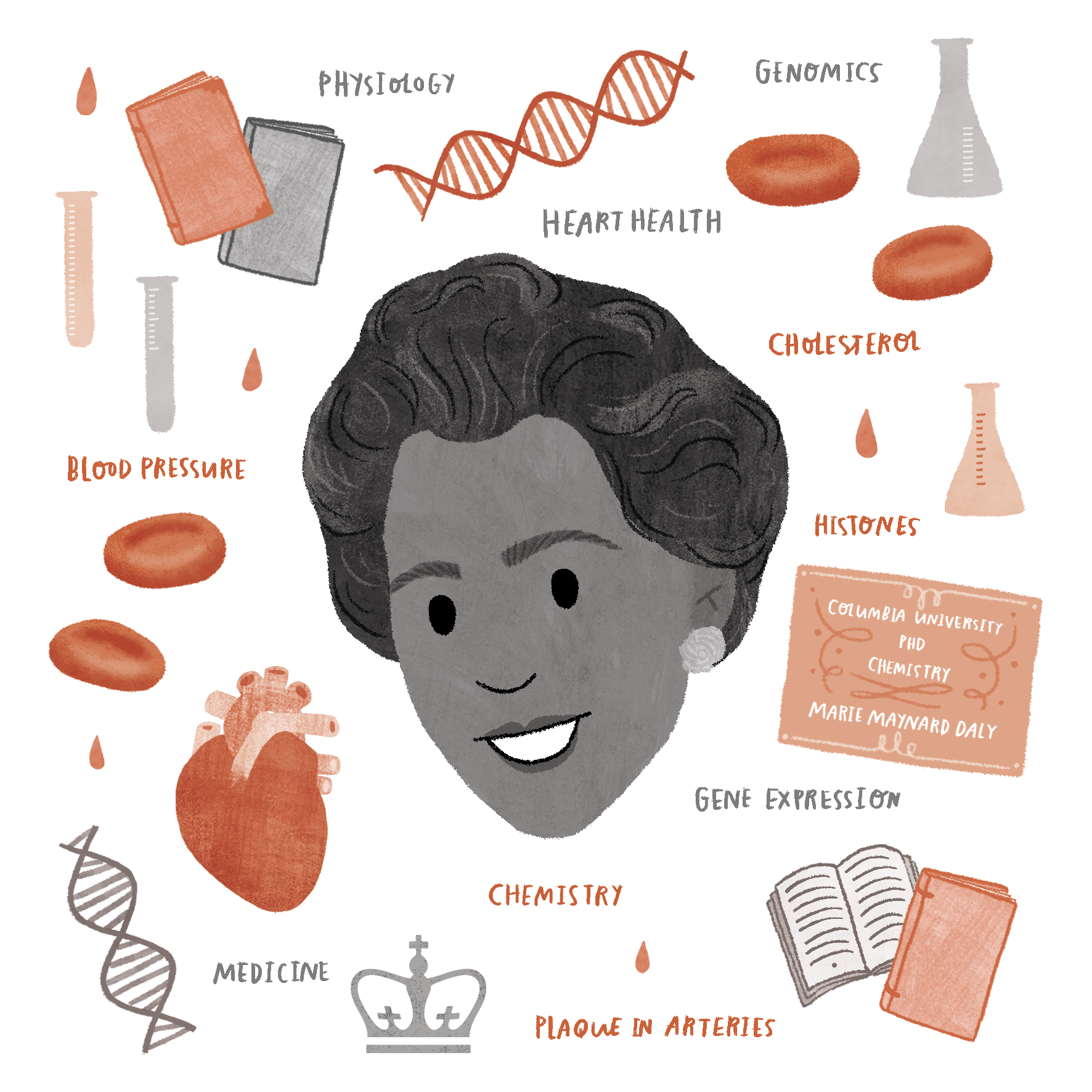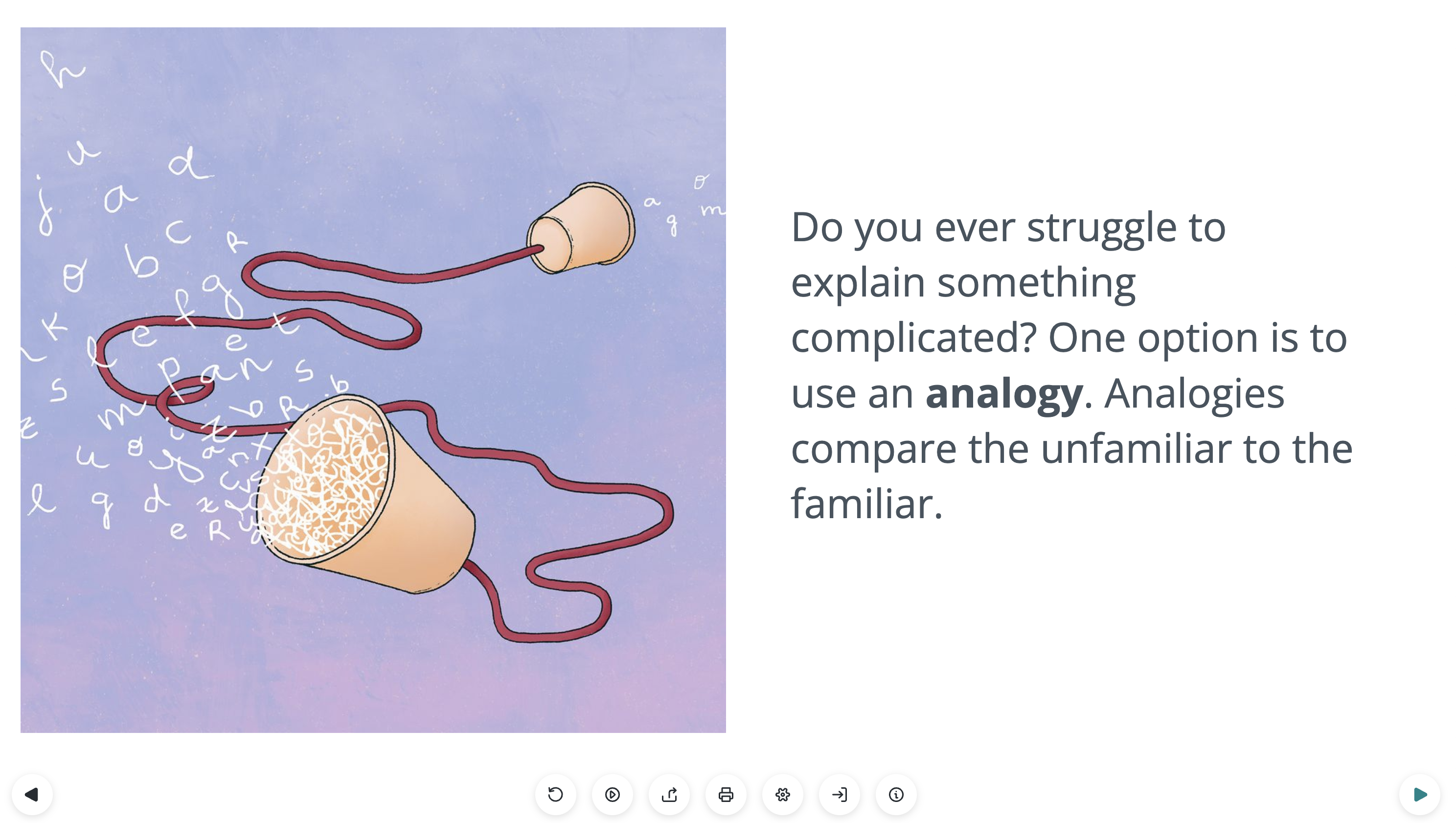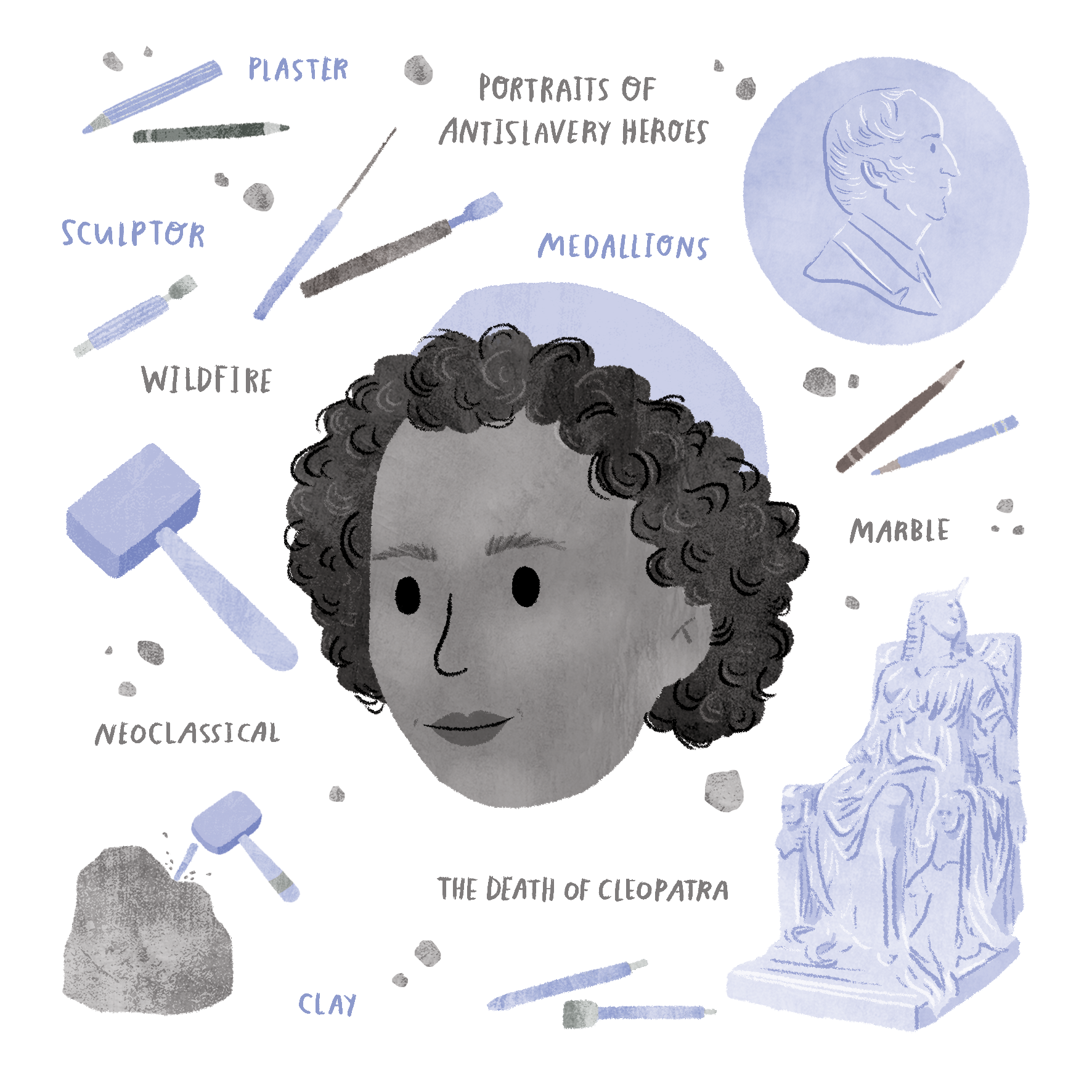We’ve launched a new course, A to Z STEM Careers—for kids!, containing one STEM career for each letter of the alphabet and featuring diverse STEM professionals! We hope to help give kids a better idea about all the different STEM jobs out there and make them excited to pursue them.

Picture this: you open a bag of candy that you just bought at the local candy store. You find that you have a lot of blue candies and a considerable amount of green candies, but very few orange, red, and yellow candies. When you look up the statistics of the colors produced by this candy company, you see that the numbers in your bag don’t seem to resemble what the company is producing and predicting makes it into their candy bags. But you love variety in your candies! What’s going on?
What if I told you this exact scenario—numbers and all—can be applied to the racial and ethnic diversity seen in science, technology, engineering, and math (STEM) jobs today?
That’s right! According to a recent Pew Research Center survey, when considering all STEM jobs, White (67%) and Asian (13%) adults are overrepresented in the STEM field compared to the number of White (63%) and Asian (6%) adults in the workforce. Oppositely, Black (9%) and Hispanic (8%) adults are underrepresented in STEM jobs compared to the total Black (11%) and Hispanic (17%) adults in the workforce.
As for women, they’ve come a long way; they are actually somewhat overrepresented in STEM compared to the overall workforce—they represent 50% of people in STEM compared to 47% in the workforce, according to the same Pew Research Center survey. However, the types of jobs women in STEM hold varies, and there’s an overrepresentation of women in health-related occupations and a distinct underrepresentation in computer and engineering fields.
I’ve included some links to learn about STEM diversity at the bottom of this page because the discussion could go on and on about where there are under- and overrepresentation of particular racial and ethnic groups within STEM. If you are someone like me who loves numbers and data, I encourage you to take a deeper dive into the statistics on STEM diversity. For those of you who do not like numbers and data, I leave you the big picture of the issue with the information I provided above. No matter what way we look at it, there’s a need to increase diversity in STEM. When diving deeper into the numbers, you will find a lot of potential places to target for increasing STEM diversity such as the college education system and more! We’re going to discuss one specific target audience: kids!
We’re always asking kids what they want to be when they grow up. How often do you hear answers like wildlife ecologist, quantum physicist, or financial planner? I’d argue not very often. I’m not saying that everyone should pursue a STEM career or that nobody should be a professional athlete, musician, or an influencer on YouTube, but shouldn’t we be exposing the kids in our lives to more jobs than the ones they see on TV or what the few adults in their life do? How else will they know all the options out there? It wasn’t until after I began college that I knew what engineering was and the careers you can pursue within it. This was also true for a lot of careers I found out about along the way—even beyond STEM. I knew what I had seen on TV and what my and my friends’ parents did for a living. Oh, how I’ve come to learn the world is much bigger than that.

We’ve launched a new course to help expose kids to different STEM jobs and increase their excitement about pursuing them.
In December 2020, we launched a SciComm Challenge in partnership with Letters to a Pre-Scientist, and we asked our communities to submit descriptions of their STEM careers as well as photographs or drawings of themselves on the job. We collected submissions in hopes of creating a course with a STEM career with every letter of the alphabet, featuring diverse STEM professionals! And we’ve done just that!
Check out A to Z STEM Career—for kids!

Share with parents, teachers, caregivers, and anybody else who can show the next generation of kids the exciting opportunities that await them in the field of STEM!





